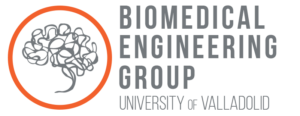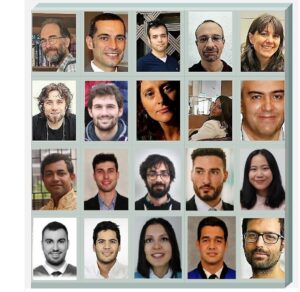GBT-CTB
The GBT-CTB group is part of CIBER-BBN and has extensive experience in the fields of Bioengineering, Biomaterials and Nanomedicine. Its main interests and research lines are focused on: Quantitative analysis and processing of multimodal medical images, development of new segmentation methodologies and biomarker definition; Medical data analysis with survival analysis in different cancer typologies, federated learning for data analysis in COVID-19, and definition of novel personalized treatments in lung cancer; Diabetes by developing closed-loop artificial pancreas systems and implementing Artificial Intelligence techniques for health outcome prediction and patient characterization; Neuro-rehabilitation and brain health through personalized intelligent coaching, digital phenotyping, and data analysis; Clinical simulation for training and quality assessment of surgical procedures; Telemedicine systems through mHealth technologies in cancer, HIV, endocrinological diseases and adherence to treatment; Bioinstrumentation and nanomedicine through the development of novel techniques for anti-tumoral therapies, development of new nanoparticles, and development of technical tools for mobility in blind people; Aging and maintenance of functional autonomy, cognitive assessment with gamified interactive stimulation, and smart systems to prevent and reverse functional decline; Biomaterials and regenerative engineering for tendon/ligament repair, precise drug delivery, cell therapies, and improvements in biocompatibility and sensing resolution.




